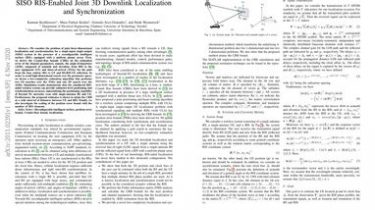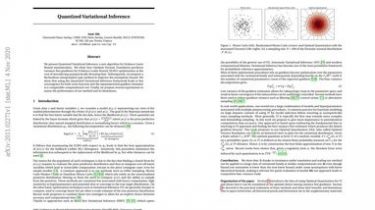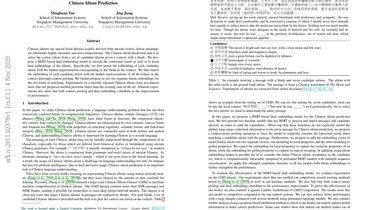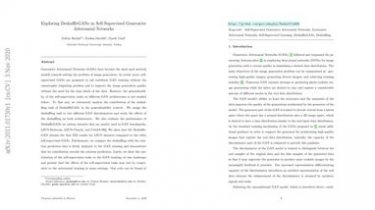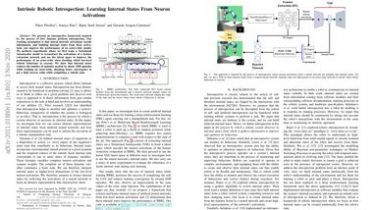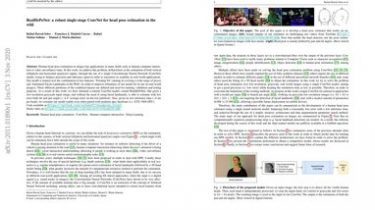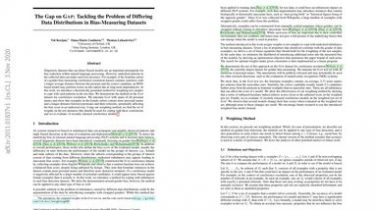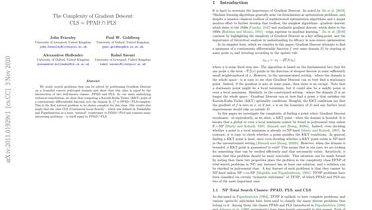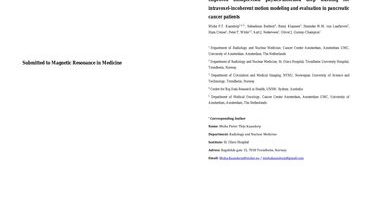SISO RIS-Enabled Joint 3D Downlink Localization and Synchronization
We consider the problem of joint three-dimensional localization and synchronization for a single-input single-output (SISO) system in the presence of a reconfigurable intelligent surface (RIS), equipped with a uniform planar array. First, we derive the Cram’er-Rao bounds (CRBs) on the estimation error of the channel parameters, namely, the angle-of-departure (AOD), composed of azimuth and elevation, from RIS to the user equipment (UE) and times-of-arrival (TOAs) for the path from the base station (BS) to UE and BS-RIS-UE reflection… In order […]
Read more